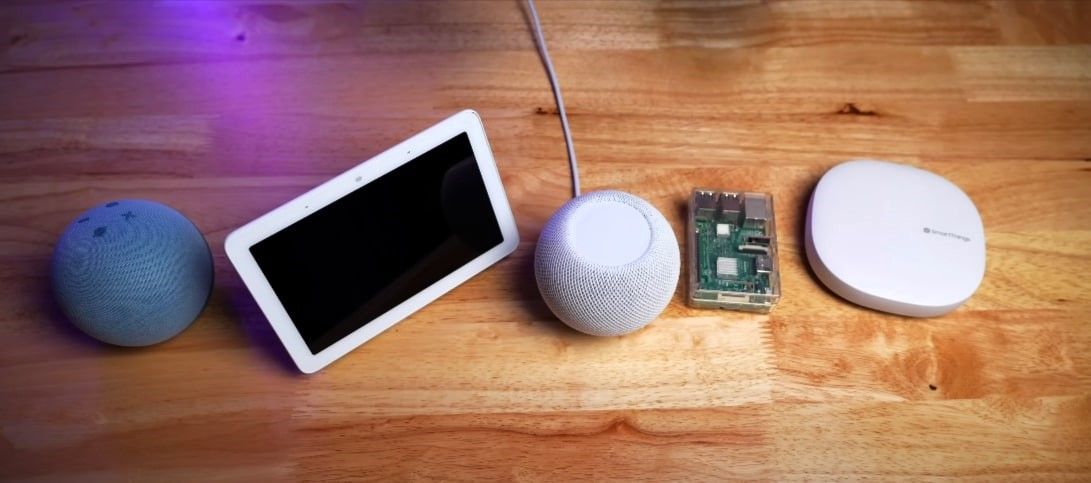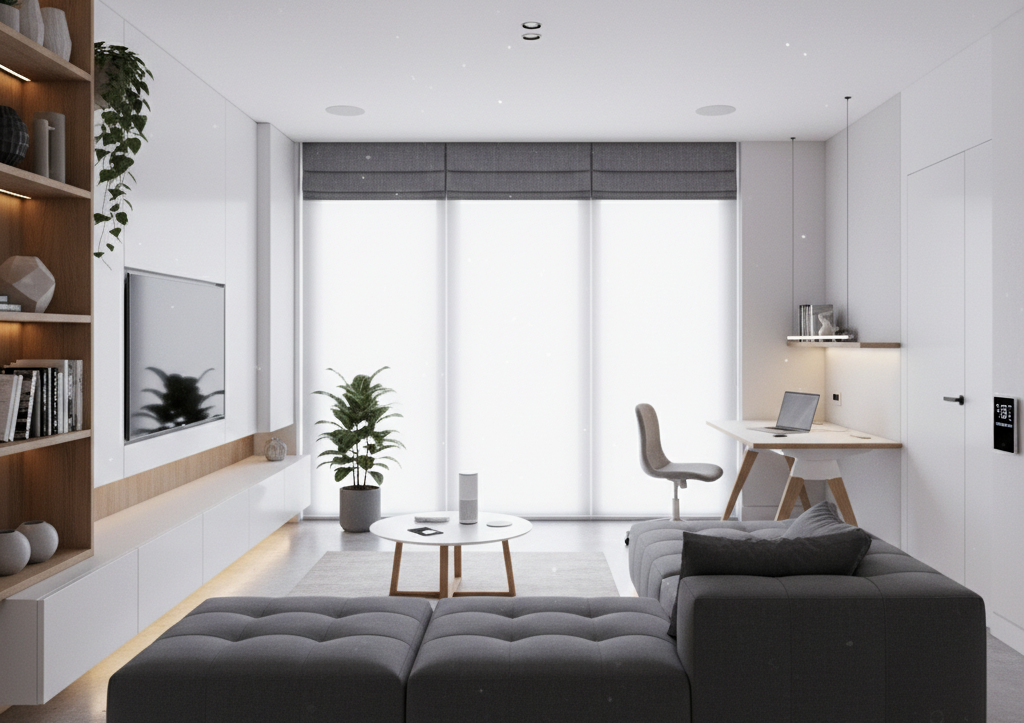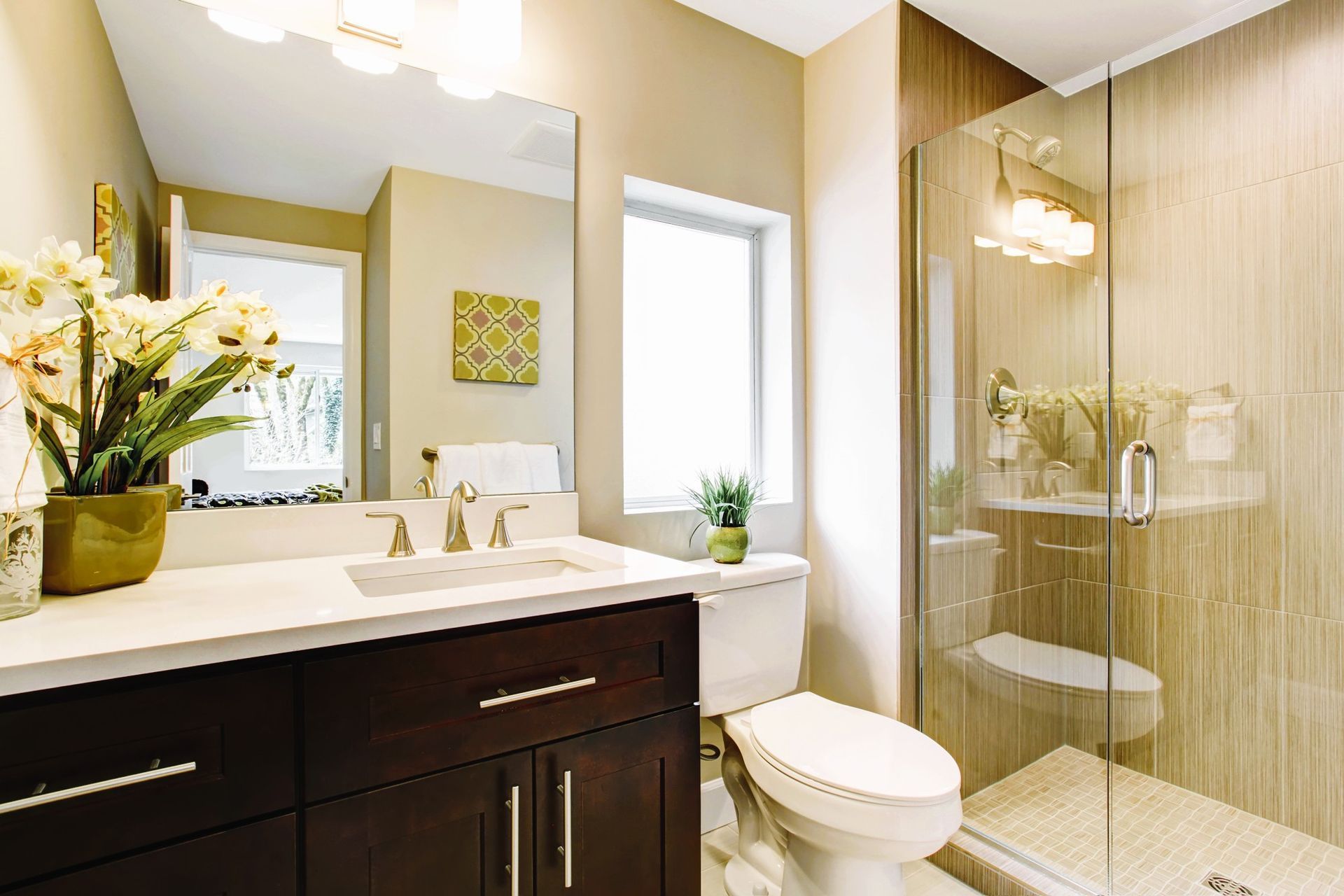How Smart Home Integration Transforms Living Spaces
The guide to smart home technology and its impact on modern living spaces!

Every aspect of our life in the digital era is evolving rapidly, and smart home integration is the latest trend, transforming our idea of modern living. It's a sleek blend of technology and living space enjoyed worldwide. Welcome to your comprehensive guide on smart home technology. Smart homes represent the newest in automation technology, with living spaces equipped with internet-connected appliances that interact with each other. As this technology is relatively new, there isn't a simple way to describe it fully, so let's begin with a brief history.
The Evolution of Smart Homes
Smart home tech has evolved from a sci-fi enthusiast's dream to a part of our everyday lives, thanks to the Internet of Things (IoT) and widespread internet access. We've transitioned from simple automated systems to treating household objects as part of a smart network, creating a highly efficient and convenient real-world system. Nowadays, you can connect almost anything - from your fridge to your home security to monitoring your kids' homework habits - all controllable with a few swipes on your smartphone or a simple command like "Alexa, turn on the Christmas lights!" Now that's cool.
Key Components of Smart Home Integration
Overall, in order for it to be a smart home system, there are several key components that must be included:
- Smart Devices: These would be smart thermostats, lights, locks and gizmos of many types that can be programmed and operated from anywhere and configured according to your specifications.
- Connectivity: The stuff that makes the whole smart home stay together as devices gossip with each other over your home Wi-Fi or Bluetooth.
- Control Interfaces: No-brainer platforms, such as an app or voice commands, to control all your smart stuff.
- Home Automation Systems: The brains behind the operation, weaving together all your smart devices so they work in unison to make your home perfect.
Benefits of Smart Home Integration
Have you ever wondered why you should get a smart home? Here are a few of the many benefits that come with it.
- Convenience: Your home adapts to you like magic: your thermostats know what you like it to be, your lights dance to your tune, and your living conditions flow along with you. Doesn't that sound incredible?
- Energy Efficiency: home automation allows you to schedule tasks automatically to make your energy usage more efficient. For instance, you can automate your thermostat to turn down while no one is home or set it to turn up when it senses you are approaching.
- Security: Some smart home systems come with security features such as cameras and motion sensors that help to keep your home secure, and give you peace of mind when you're away.
- Accessibility: For those who are unable to mobilize their limbs, integrate, or manage tasks, the organization that a smart home provides makes day-to-day tasks easier to manage.
Challenges of Smart Home Integration
Like any new technology, smart home integration also has some disadvantages, which are:
- Cost: Home automation equipment is still expensive if you want the whole shebang. But as with all new technologies, it is bound to get cheaper as it creeps further into the mainstream.
- Compatibility problems: Many different smart devices and systems, all with varying degrees of interoperability.
- Privacy problems: When an increasing number of items monitor what we do and where we go in our homes, ultimately, the primary problem of using a smart home is that of privacy. The security of confidential personal data stored in our connected devices needs to be an issue of concern for all smart home users.
What's Next for Smart Homes?
The future appears bright for smart homes, with even more adventurous things to come. Some future improvements include:
- AI (artificial intelligence): AI technology will learn from your habits and preferences in order to anticipate your needs and make your smart home even smarter.
- Smart City Integration: Smart homes will act as the hubs of our new integrated, intelligent cities.
- Sustainability: Smart home integration can help reduce energy consumption and promote sustainable living practices.
- Virtual Reality (VR): Have you ever wanted to walk through your home before it was built? VR technology would allow you to have a virtual tour of your home and plan for how you would want it to be.
In the end, smart home integration is a real game-changer in how we interact with our living spaces. It's all about making lives easier, more
efficient and stylish. Sure, there are bumps to overcome, but the tech world will keep turning, promising cooler and smarter homes as we go on. For those dreaming of giving their homes a makeover, understanding the basics, the perks and what lies next in a set of smart home trends is just the first step to a more connected and more comfy home.







